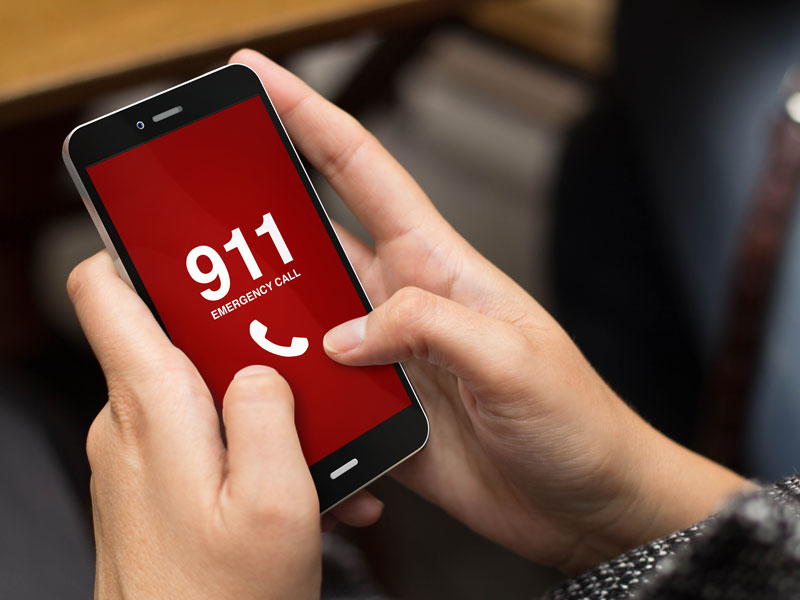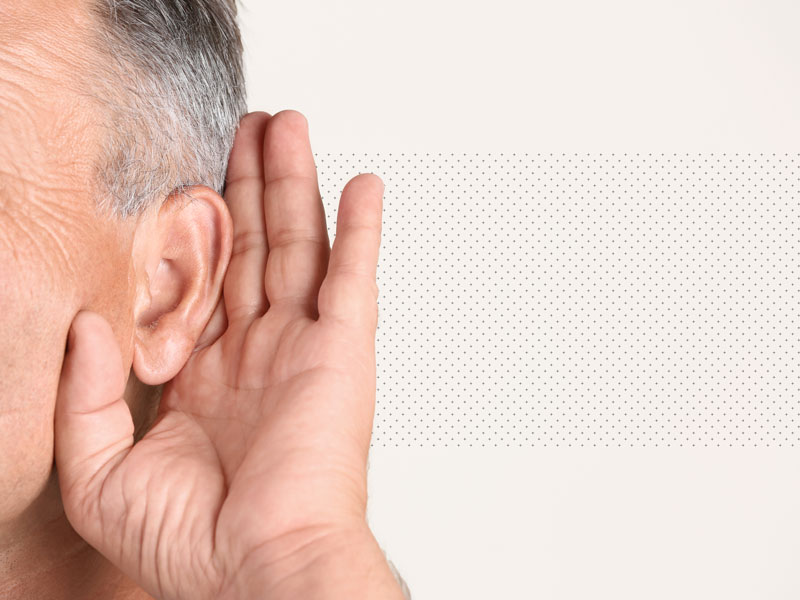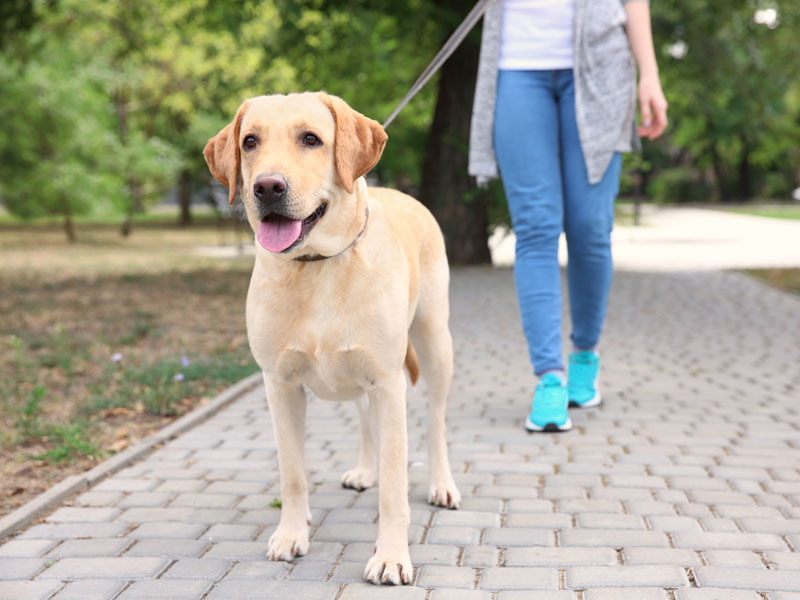Time is critical when it comes to successful stroke treatment. However, according to the journal Circulation: Cardiovascular Quality and Outcomes, more than a third of stroke patients don’t take an ambulance—the quickest mode of transportation—to the emergency room.
Don’t make this mistake. Call 911. Tell the dispatcher your loved one is exhibiting stroke symptoms, and unlock your front door in preparation for the paramedics.
Here are some other best practices from the experts at the American Heart Association and the National Stroke Association.
- Don’t administer medication. Leave that to the paramedics and doctors.
- Record the time you first noticed stroke symptoms, which are facial drooping, arm weakness and difficulty speaking.
- Don’t give food or drink. Muscle weakness or lack of control often occurs after a stroke, and trying to eat or drink could cause your loved one to choke.
- Place your loved one on his or her side, if he or she is conscious, with the head supported and raised slightly. If he or she is unconscious, check pulse and breathing, and administer CPR if necessary.
- Don’t drive the patient to the hospital yourself. Paramedics will alert doctors at the hospital that your loved one is having a stroke so appropriate treatment can be administered.
Share what you learned about stroke with loved ones so they will know what to do, too. For more resources from the National Stroke Association, visit stroke.org.




